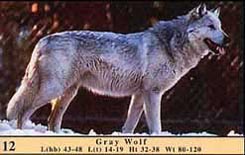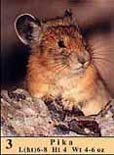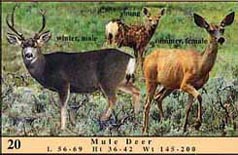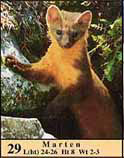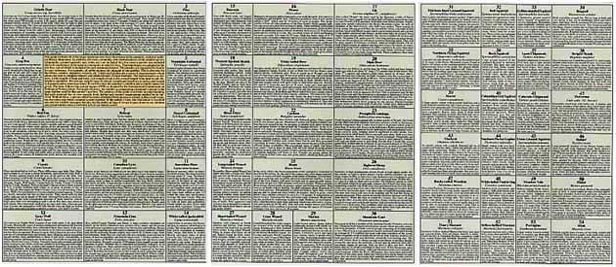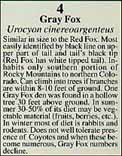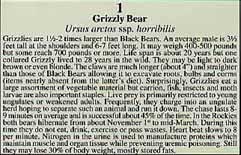|
Light brown above, darker below (especially on legs) with a buffy colored bib. Has large cat-like ears. Inhabits coniferous forests in cold climates. Extremely quick and agile tree climber where it spends much of its time. Somewhat secretive and shy. Inhabits wilderness areas with high squirrel and chipmunk populations, its main prey. Kills in typical weasel fashion with bite to back of neck. Also eats carrion, fruits and nuts.. Usually solitary. Active day and night throughout year. Avoids swamps and marshes. Trapping and lumbering have eliminated them from much of their former range.
|
Common tree squirrel of colder climates. Scolds intruders with long series of chattering. Active at dawn and late afternoon. Varied diet even includes mushrooms poisonous to humans. Stores food for winter use. These caches are important to bears who raid them. Does not hibernate but in severe winters builds underground snow tunnels. Only 25% survive their first year. Lives 2-3 years.
|

